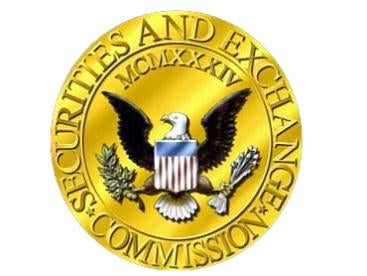The Securities and Exchange Commission adopted yesterday a new set of regulations entitled Regulation “A+,” designed to provide a more streamlined approach for small and mid-sized companies to offer securities to the public. These rules will become final 60 days after publication by the SEC in the Federal Register. We will be preparing a detailed client advisory analyzing these new rules for our friends and clients.
Regulation A+ was initially proposed by the SEC in December 2013 as an amendment to little-used current Regulation A. The purpose of this new rule is to implement Section 401 of the Jumpstart Our Business Startups Act (the JOBS Act) which directed the SEC to adopt rules exempting offerings of up to $50 million of securities annually from the registration requirements of the Securities Act of 1933, as amended. Regulation A+ as adopted yesterday provides for 2 tiers of offerings with differing requirements. Tier 1 is for offerings of securities of up to $20 million in a 12-month period, with not more than $6 million in offers by selling security-holders that are affiliates of the issuer; and Tier 2 is for offerings of securities of up to $50 million in a 12-month period, with not more than $15 million in offers by selling security-holders that are affiliates of the issuer. Both tiers are subject to certain basic requirements, while Tier 2 offerings are also subject to additional disclosure and ongoing reporting requirements, such as filing an offering circular with the SEC which will be reviewed by the SEC before qualifying the offering, audited financial statements, and annual reports. Additionally, the amount of securities a non-accredited investor may purchase in an offering will be capped when buying securities not listed on a national exchange.
These rules also provide for the preemption of state securities law registration and qualification requirements for securities offered or sold to “qualified purchasers” in Tier 2 offerings. Tier 1 offerings will be subject to federal and state registration and qualification requirements; however, companies may take advantage of the coordinated review program recently developed by the North American Securities Administrators Association (NASAA), the association of state regulators, that is expected to reduce the compliance costs for small businesses seeking to receive state approval for these offerings.
However, as with many of the rules recently proposed or adopted by the SEC, this one is not free from criticism, as NASAA yesterday released the following statement:
“We appreciate that all five Commissioners recognize the efforts of state securities regulators and NASAA to successfully implement a modernized and streamlined Coordinated Review program for Regulation A offerings to help small and emerging businesses raise investment capital. The program has been lauded for effectively streamlining the state review process that promotes efficiency by providing centralized filing, unified comments, and a definitive timeline for review.
However, it appears that the SEC has adopted a rule that fails to fully recognize the significant benefits of this program to issuers and investors alike. We continue to have concerns that the rule does not maintain the important investor protection role of state securities regulators and must look more closely at the final rule as we evaluate our options.”
The SEC hopes that Regulation A+ will fare better than the current Regulation A and become a more practical way for smaller issuers to access the public markets. Only time will tell if these new offering requirements will lead to easier access to capital.



 />i
/>i


